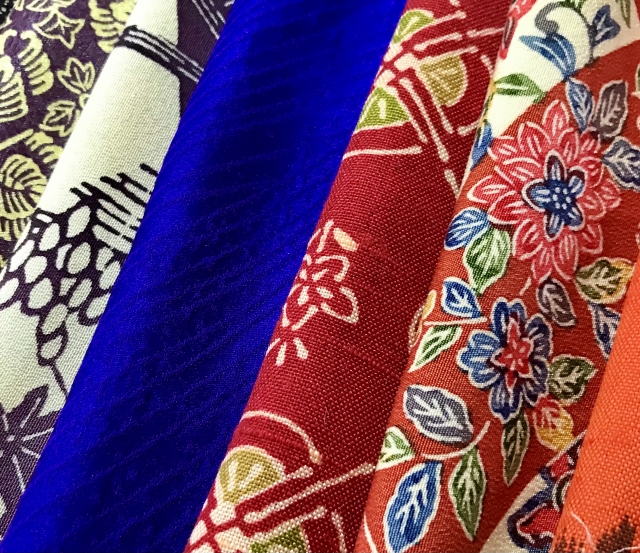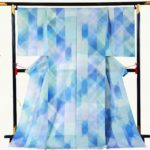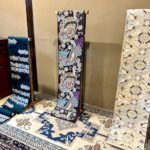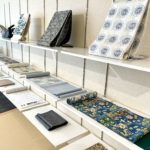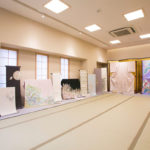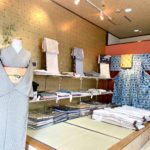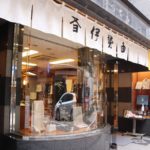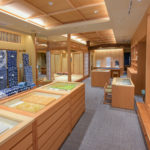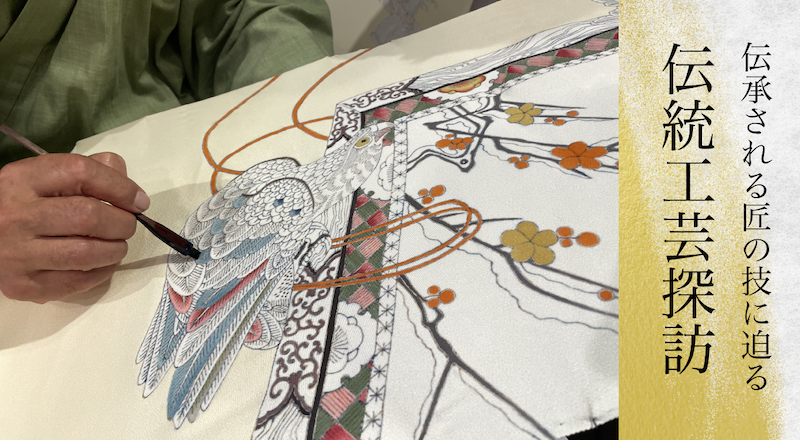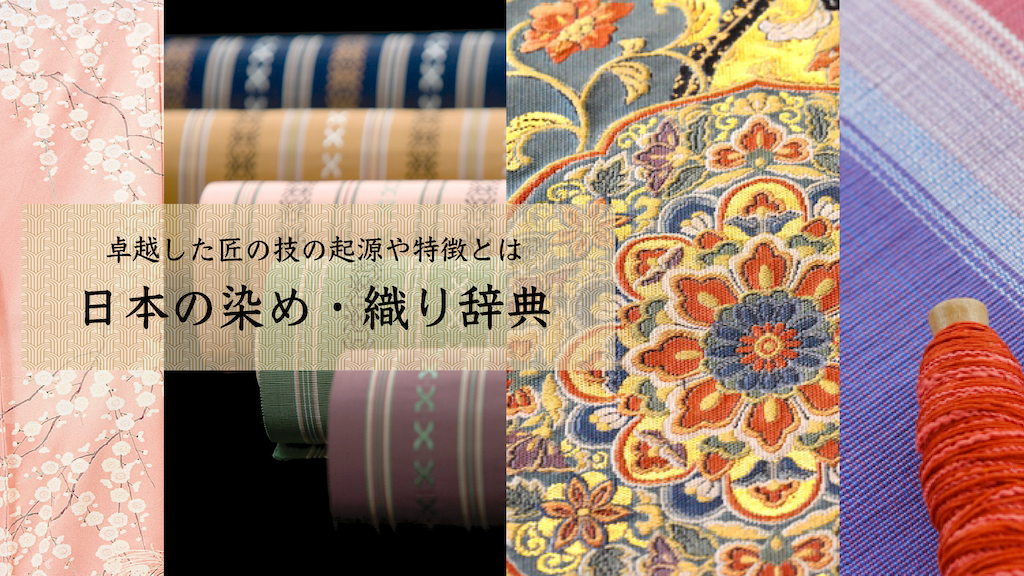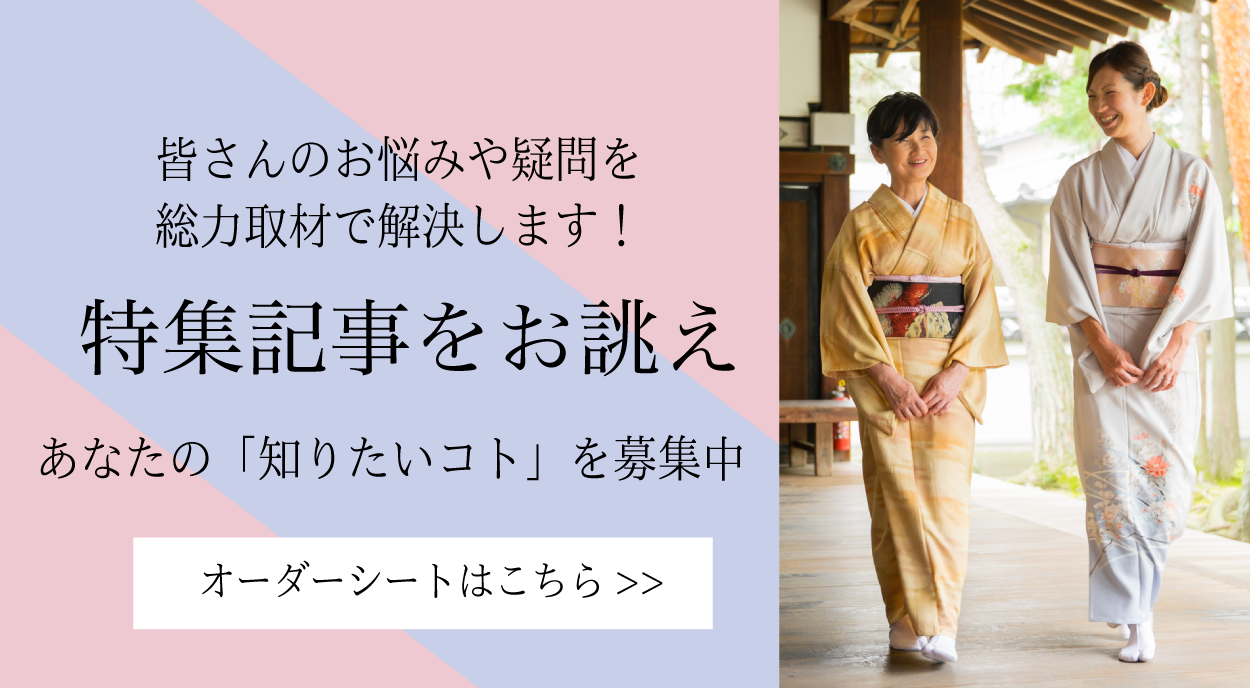琉球紅型
Pronunciation: Ryukyu-bingata
Production Area: Naha City, Okinawa Prefecture
Ryukyu-bingata is a traditional stencil-dyeing technique produced in Okinawa. Its appeal lies in vivid colors, bold contrasts, and simple yet powerful motifs. Every process, from design sketch to final rinsing, is carried out within a single workshop, often involving more than 18 distinct steps. The patterns reflect not only Okinawa’s natural landscape but also influences from China and Japan, making Bingata a unique fusion of elegance and splendor. There are three main styles: bingata (multicolored), aigata (indigo-based), and tsutsugaki (freehand drawing). The origins are thought to date back to the 14th–15th centuries, when the Ryukyu Kingdom was flourishing in maritime trade. Techniques from Indian and Javanese printed textiles and Chinese floral stencils contributed to the development of Bingata. Originally worn by the Ryukyu royal family and nobility, it became an emblem of status and ceremony. The style was systematized in the 18th century under royal patronage. Though nearly lost during political upheavals and World War II, it was revived in the postwar era by masters such as Eiki Shiroma. Today, Ryukyu Bingata is designated as both an Intangible Cultural Property of Okinawa Prefecture and a nationally recognized Traditional Craft.
